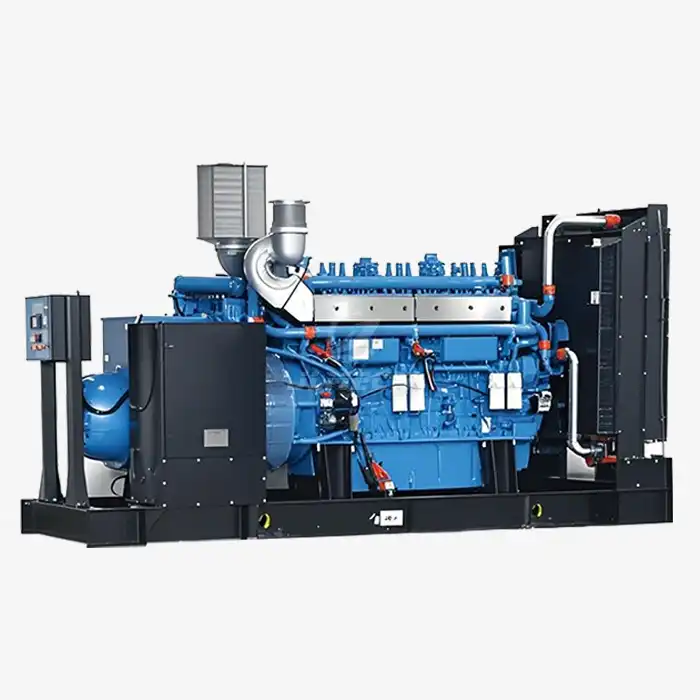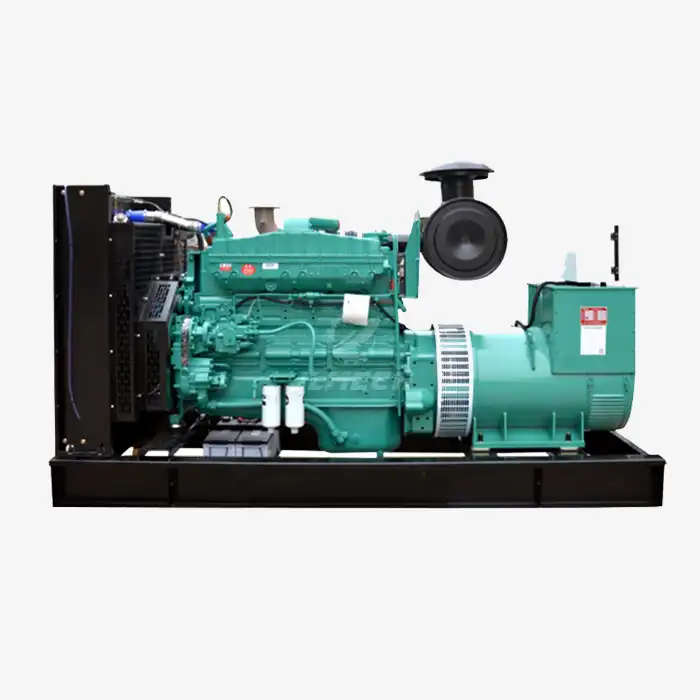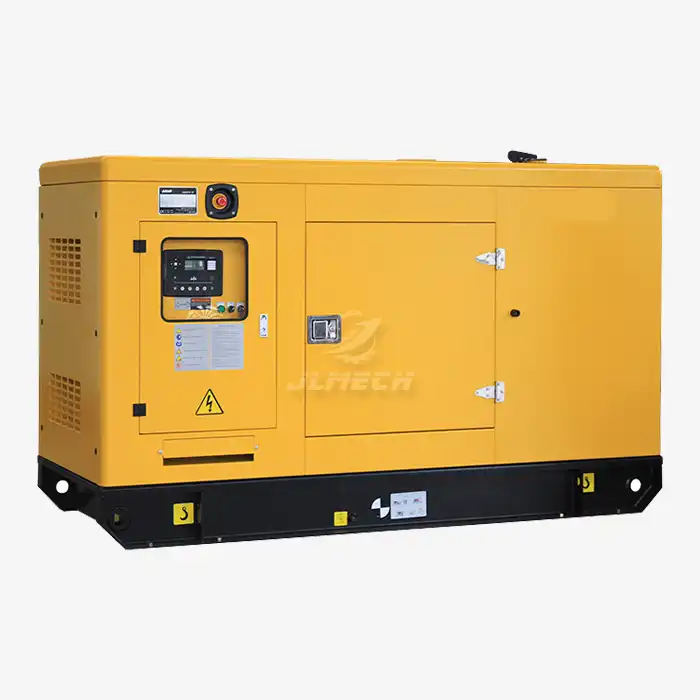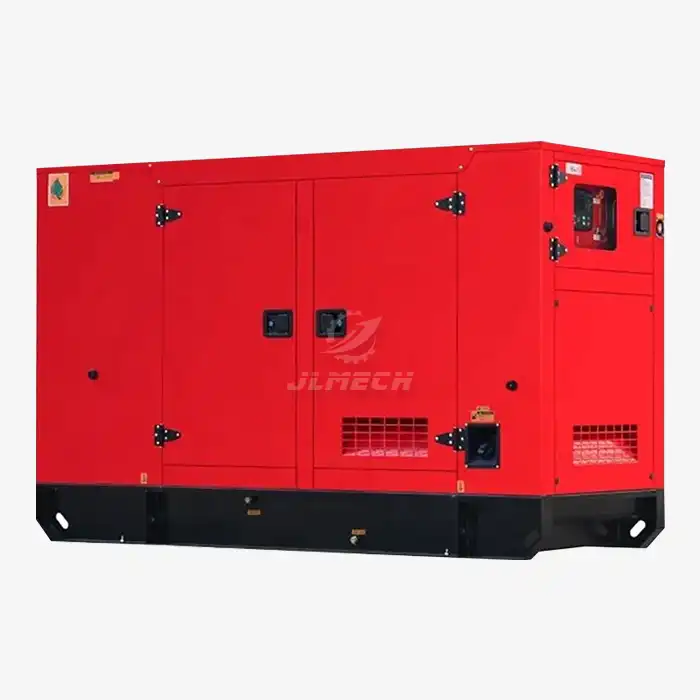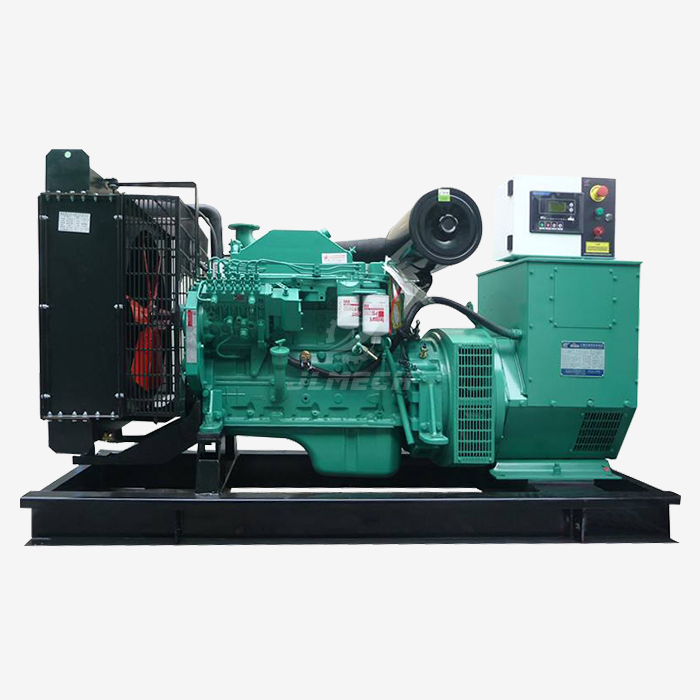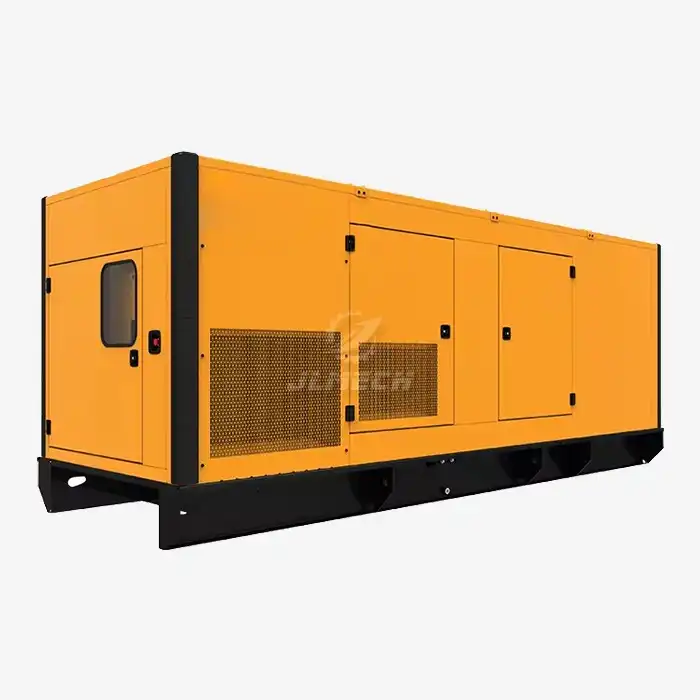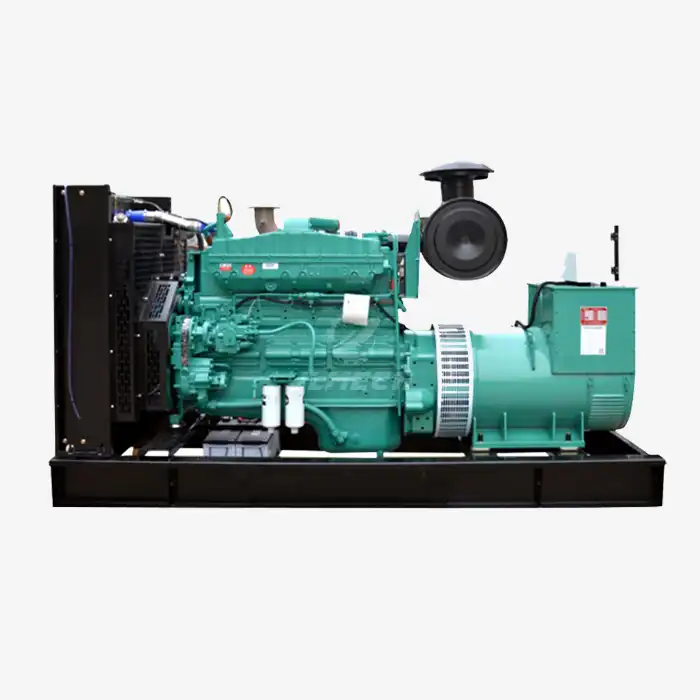What are the requirements for an emergency stop button?
When it comes to diesel generator safety, few components are as critical as the emergency stop button. This vital safety device serves as the last line of defense against equipment damage, operational hazards, and potential injury. Understanding and implementing proper generator emergency stop button requirements is not just a matter of regulatory compliance—it's a fundamental aspect of responsible generator operation and maintenance. These requirements encompass specific design characteristics, installation parameters, operational principles, and maintenance protocols that collectively ensure your emergency stop system will perform reliably when needed most. This comprehensive guide examines the essential generator emergency stop button requirements to help you maintain a safe and compliant power generation system.
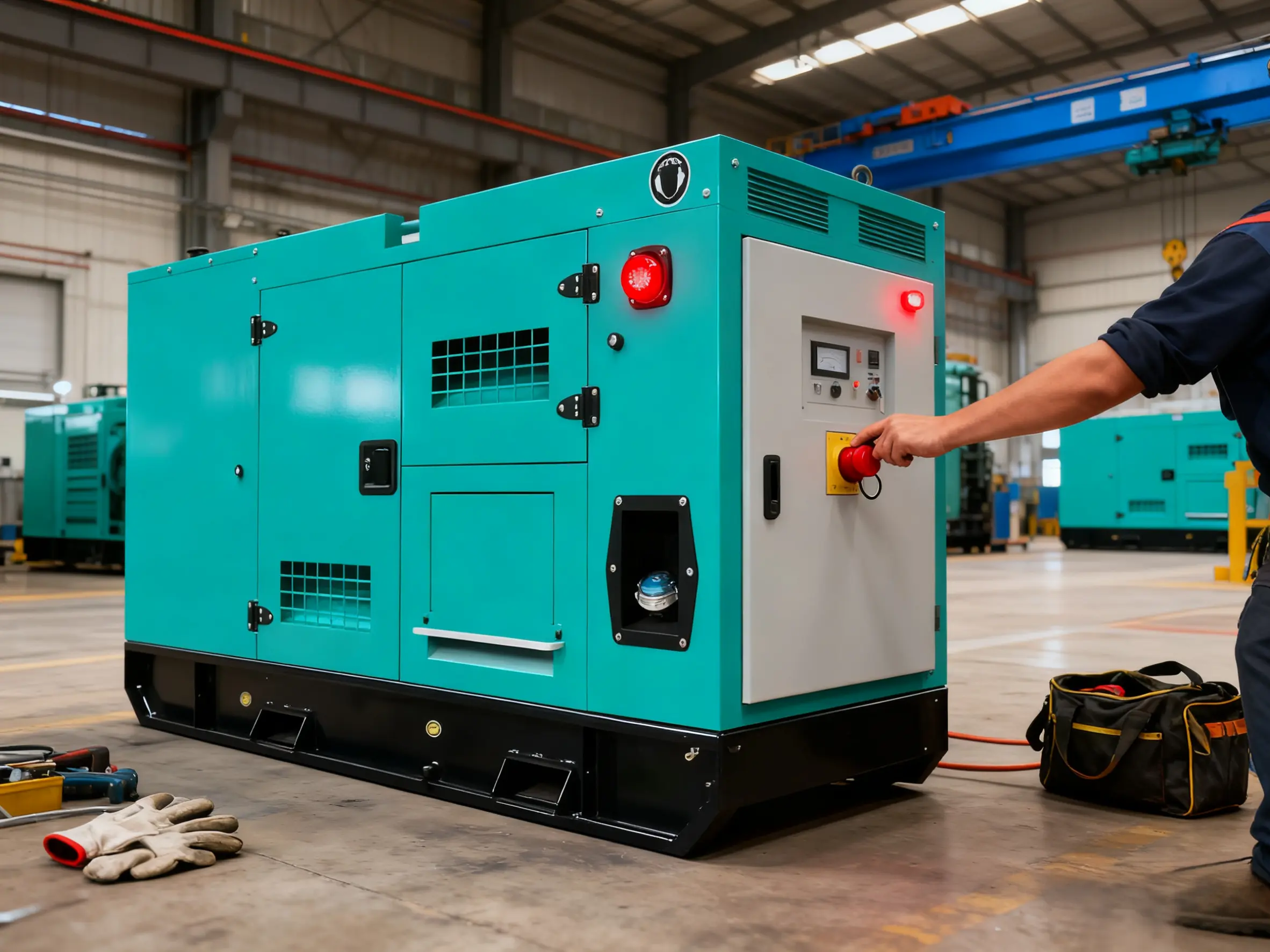
Design and Identification Standards
Emergency stop buttons must conform to strict design standards to ensure immediate recognition and operation during emergency situations.
Color and Shape: The actuator (button head) must be red against a yellow background to create high visual contrast for quick identification . The preferred shape is a "mushroom head" or palm-shaped design that allows for quick, positive activation .
Size and Markings: The button face should have a minimum diameter of 40mm to ensure easy visibility and operation . Clear "Emergency Stop" markings should be present, either through standardized symbols (per ISO 7000) or text labels that remain legible throughout the equipment's lifespan .
Mechanical Design: Emergency stop devices must feature "positive opening" contacts that physically break the circuit when activated, providing a hardware-based safety function independent of control systems .
These design characteristics are fundamental generator emergency stop button requirements that ensure the device can be quickly identified and operated under stressful conditions.
Installation and Location Requirements
Proper installation is crucial for ensuring emergency stop buttons are accessible and effective when needed.
Mounting Height and Accessibility: Buttons should be installed between 1.2 and 1.5 meters above the standing surface to ensure they are within easy reach of operators . They must be positioned away from obstructions and clearly visible from normal operating positions .
Control Range and Coverage: Emergency stop devices must be installed to cover defined control zones, with consideration for overlapping areas in multi-unit installations . In larger facilities, placement should ensure that no point in a protected area is more than 30 meters from an emergency stop device .
Environmental Protection: The enclosure must provide appropriate ingress protection (typically IP65 or higher) based on the operating environment to prevent contamination from dust, moisture, or chemicals that could compromise operation .
Operational Principles and Safety Functions
The emergency stop system must function according to specific safety principles that prioritize reliability above all else.
Stop Categories: Generators typically use either Category 0 (immediate uncontrolled stop via power removal) or Category 1 (controlled stop with power maintained during stopping sequence) stopping functions, with Category 0 being preferred for most hazardous situations .
Direct Action Principle: When activated, the emergency stop must directly interrupt the fuel supply circuit, either by cutting power to the fuel solenoid or mechanically engaging a shutdown linkage, independent of the generator's control system .
Manual Reset Requirement: The button must remain in the activated position until manually reset, typically through a twisting or pulling action, preventing automatic restart after an emergency stop . This prevents unexpected restarts before the emergency situation has been addressed.
These operational principles form the core of generator emergency stop button requirements, ensuring the device provides reliable protection when activated.
Performance and Durability Standards
Emergency stop devices must meet specific performance benchmarks to guarantee reliability over the generator's lifespan.
Mechanical Durability: High-quality emergency stop buttons are rated for at least 250,000 mechanical operations, ensuring long-term reliability even with frequent testing .
Electrical Ratings: Contacts must be appropriately rated for the generator's control circuit voltage and current, typically supporting 24V DC systems commonly found in generator control circuits .
Environmental Tolerance: Components must operate reliably across the generator's environmental temperature range (typically -20°C to +55°C minimum) and withstand vibration conditions present in generator applications .
Integration with Generator Safety Systems
The emergency stop button must be properly integrated into the generator's overall safety system to provide comprehensive protection.
Safety Interlocks: The emergency stop circuit should interface with other generator safety devices including overspeed sensors, low oil pressure switches, and high coolant temperature sensors to provide layered protection .
Circuit Independence: The emergency stop circuit should be hard-wired and independent from the programmable control system where possible, ensuring functionality even during controller failures .
Multiple Access Points: For larger generator installations or those with restricted access points, multiple emergency stop buttons may be required at strategic locations including entrances, control panels, and potential hazard areas .
These integration aspects represent critical generator emergency stop button requirements that ensure the device functions as part of a comprehensive safety system rather than as an isolated component.
Maintenance and Testing Protocols
Regular verification and maintenance are essential to ensure emergency stop functionality when needed.
Regular Testing: Emergency stop functionality should be tested periodically according to manufacturer recommendations, typically during routine generator exercise cycles . Testing should verify both button operation and complete system response including fuel shutdown.
Visual Inspection: Buttons and their associated wiring should be inspected regularly for physical damage, corrosion, or contamination that might impair function .
Documentation: All tests, inspections, and maintenance activities should be documented in the generator maintenance log to establish a compliance history and identify potential issues .
Compliance with International Standards
Emergency stop systems must comply with relevant international standards that define minimum safety requirements.
ISO 13850: This international standard specifies the safety principles and requirements for emergency stop functions on machinery, including generators .
IEC/EN 60947-5-5: Provides specific requirements for emergency stop devices and their electrical characteristics .
Regional Regulations: Depending on the market, additional regulations may apply, such as the EU Machinery Directive for equipment sold in European markets .
Compliance with these standards ensures that generator emergency stop button requirements meet internationally recognized safety benchmarks.
Conclusion
Proper implementation of generator emergency stop button requirements is not merely a regulatory obligation—it is a fundamental safety responsibility for every generator owner and operator. From specific design characteristics and strategic placement to proper integration and regular testing, each requirement plays a vital role in ensuring the emergency stop system will perform reliably during critical situations. By understanding and implementing these requirements, you protect both your equipment and personnel while maintaining compliance with international safety standards. Remember that a properly functioning emergency stop system is your last line of defense against potentially catastrophic generator failures.
Our technical team specializes in helping clients implement comprehensive safety solutions for their power generation systems. For professional assistance with your generator emergency stop requirements or other safety considerations, contact our experts at skala@whjlmech.com.
References
GB/T 16754-2021 Safety of machinery—Emergency stop function—Principles for design (ISO 13850:2015 IDT) .
EN ISO 8528-13:2016 Reciprocating internal combustion engine driven alternating current generating sets—Part 13: Safety .
IEC 60947-5-1 Low-voltage switchgear and controlgear—Part 5-1: Control circuit devices and switching elements—Electromechanical control circuit devices .
Johnson, M. (2022). Emergency Power Systems: A Comprehensive Guide to High-Speed Diesel Generators. Power Engineering Quarterly, 45(3), 78-92 .
Pepperl+Fuchs (2025). Emergency Stop Button VAZ-2E1A-F85A-S Technical Documentation .
Schneider Electric (2025). Harmony XB4 Emergency Stop Switch Product Specifications .



